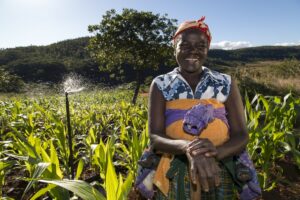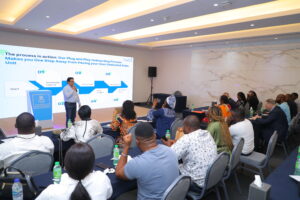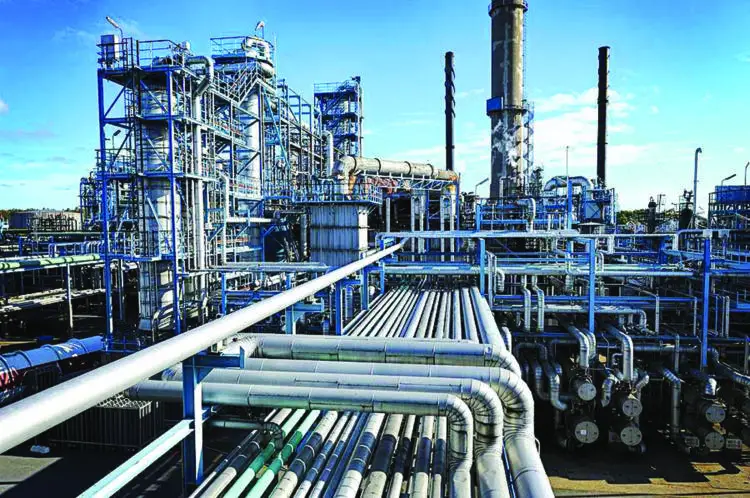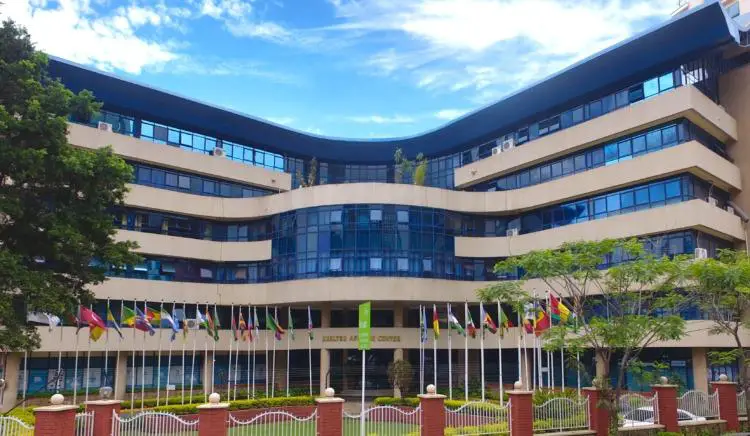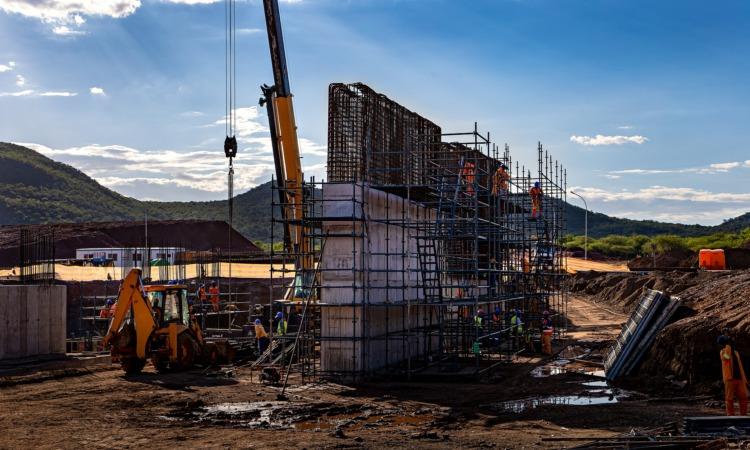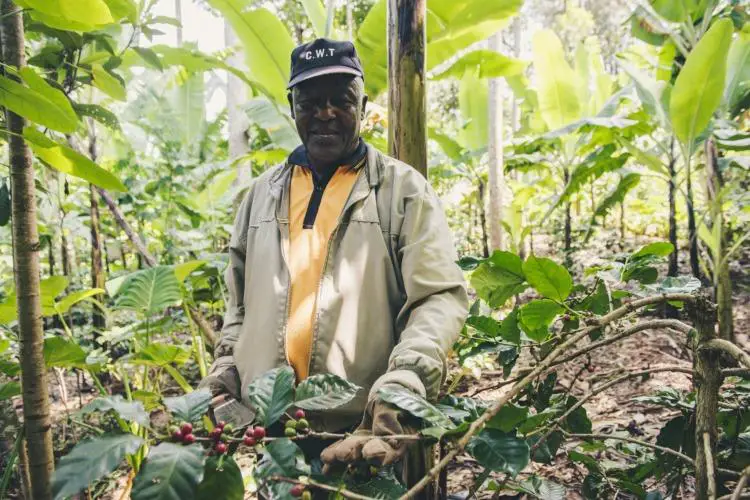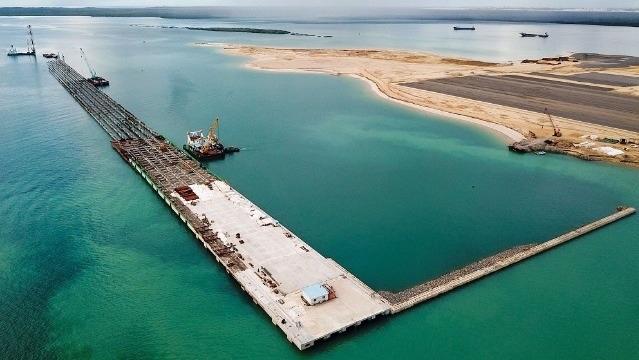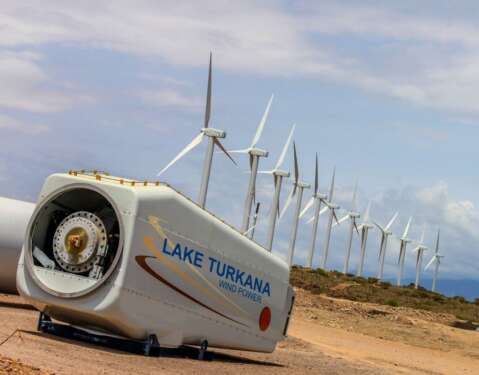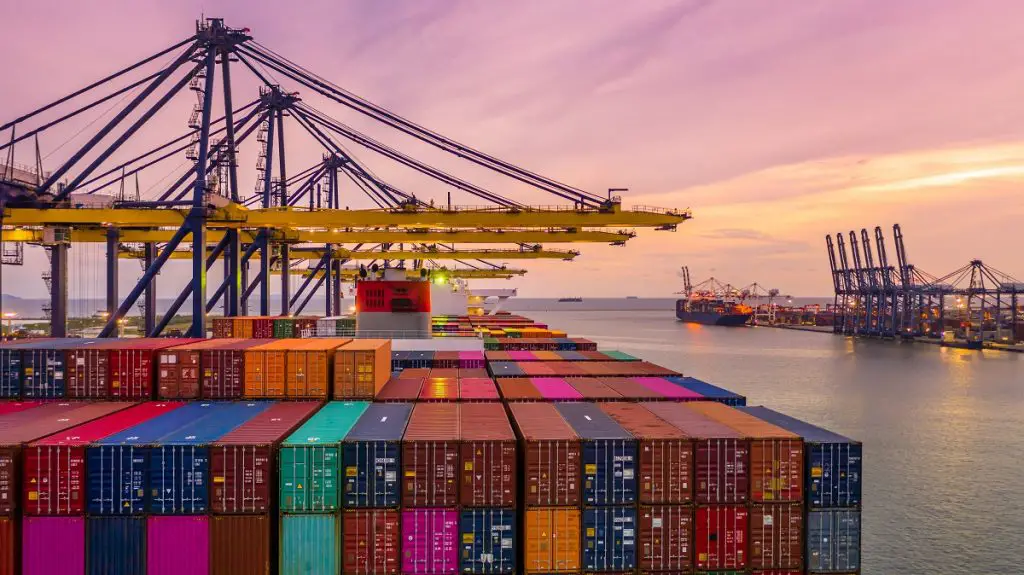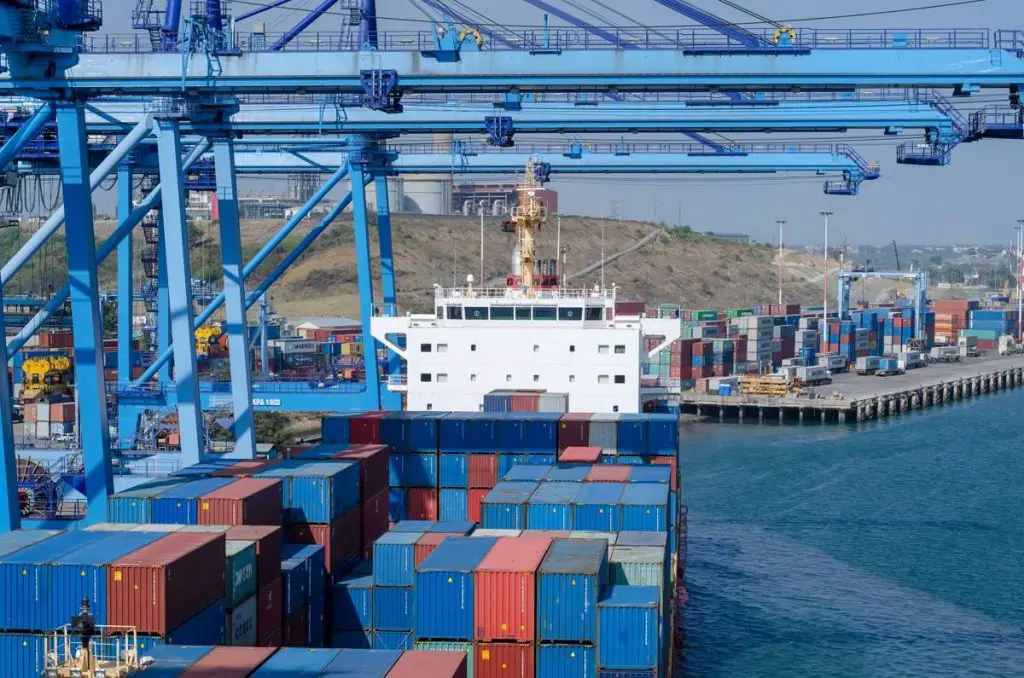- Africa’s quest to unlock trillion-dollar food economy potential
- Partners back AIM Congress 2024 vision for global economic stewardship
- AIM Congress 2024: pre-event forums set the stage for strategic insights on global showcase
- Kenya, Tanzania braces for torrential floods as Cyclone Hidaya approaches
- EAC monetary affairs committee to discuss single currency progress in Juba talks
- Falling transport and food costs drive down Kenya’s inflation to 5 per cent in April
- Payment for ransomware attacks increase by 500 per cent in one year
- History beckons as push for Kenya’s President Ruto to address US Congress gathers pace
Browsing: Africa
The COVID-19 crisis also stressed the need to accelerate SME digitalization, to weather the storm in the short term, as well as for increasing resilience in the longer term and “build back better”. Social distancing imposed during confinement, workers kept home as schools closed doors, and the
The Major Oil Marketers Association of Nigeria (MOMAN) has indicated interest in lifting refined petroleum products from the soon to be completed $15 billion Dangote Refinery, in Lagos.
Once complete the refinery on daily basis is expected to produce 50 million litres of petrol and 15 million litres of diesel.
In a statement notice issued by the Dangote Group on Sunday July 3, noted that the Major Oil Marketers made this request during a recent visit to the site of the 650,000 barrels per day single train refinery in Ibeju-Lekki Lagos, according to the News Agency of Nigeria (NAN).
Speaking after the conclusion of his visit to the site, the Chairman of MOMAN, Mr Adetunji Oyebanji, said the refinery would play an important role in helping to remove the various bottlenecks associated with the importation of petroleum products into the country.
ALSO READ: Yaoundé Declaration To tackle Continent’s Affordable Housing …
African Ministers and Heads of Delegation of Ministries in charge of Housing and Urban Development, African Finance Ministers, the Directors and Management of Shelter Afrique, and representatives of international, regional and national institutions, the private sector and civil society, have agreed to enhance mechanisms for the mass production of decent and affordable housing in the continent to achieve social and economic development.
During a three-day summit at the 40th Annual General Assembly of shelter-Afrique that was held in Yaunde Cameroon, the participants resolved to address the challenges that have hindered the efforts to provide decent and affordable housing in Africa.
In a research concluded by the Shelter-Afrique, a pan African housing finance and development institution, shows that the overall shortage of housing in Africa is estimated at 56 million housing units with out of this, more than 90 per cent are in affordable housing bracket.
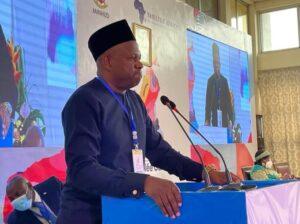
The Managing Director …
Is China is fueling Africa’s economy? That could be a question with so many angles to explore – such as – is it worth it for Africa to accept humongous loans from the industrial giant amid her journey to prosperity while opening doors for her nations to invest and heavily mark China’s ingenuity across continent-wide African infrastructure?
China, one of the world’s top economies provides eight types of foreign aid: complete projects, goods and materials, technical cooperation, human resource development cooperation, medical assistance, emergency humanitarian aid, volunteer programs, and debt relief (Brookings).
The World Bank has been ousted by China as the world’s largest bilateral creditor, making China the largest single country creditor on Planet Earth (The African Report, 2021).
In a larger context, Africa is now heavily being catered for financially by China. According to a report by The African Report, which cited data from China-Africa Initiative, between the …
What if I told you the real GDP in Africa which is projected by African Development Bank (AfDB) to grow by 3.4 per cent in 2021, could be not as effective in measuring the actual progress of the youngest continent on the planet?
The Gross Domestic Product (GDP) a measure of economic growth was developed by an American, Simon Kuznets in 1934 in the modern concept; however, its original concept emerged in Europe between 1654 and 1676, which was a gruesome period for Africa, driven into the onset of the trans-Atlantic slave trade which ended in the 19th century.
Several discussion panels have taken a keen interest in finding out the drawbacks of GDP, including one led by Nobel economist Joseph Stiglitz (commissioned by former French President Nicolas Sarkozy) that found the measure had serious holes, saying “it is time to replace gross domestic product with real metrics of well-being …
Some 11 sub-Saharan African (SSA) countries are currently at high risk of debt distress according to the latest debt sustainability analyses by the International Monetary Fund (IMF).
Already, six countries are in debt distress and the debt burden is worsening in the region where the public debt ratio to gross domestic product has surged to 65.6 per cent from 56.4 per cent pre-Covid-19 period.
A study conducted by the China-Africa Research Initiative (CARI) at Johns Hopkins University shows that there is a trend where African governments are mortgaging their natural resources to secure loans from China. This has often ignited debt distress when commodity prices collapse.
Read: Why do lenders want “COLLATERAL”?
This mortgaging of resource is referred to as collateralized sovereign debt. This is where a sovereign loan is secured by existing assets or future receipts owned by the borrowing government. The collateral could be commodities, future export revenues, …
The AfDB notes that high commodity prices have played a role in seeing the African economy’s take off but not only so, macroeconomic policies and sustained reform have also helped improved the growth. Other key factors that have contributed to this growth include stronger governance and better conditions for private sector development.
A damper to the rallying growth of the African economy is conflict which remains a concern though incidences have declined which has reduced the contagion for neighbouring countries and boosting investor confidence in many regions. …
To achieve sustainable development in Africa through the blue economy, the relationship between trade and development cannot be overemphasized.
The UNCTAD notes that trade has been recognized as the engine for inclusive sustainable development and growth with maritime transport and its related activities being motors for trade facilitation.…
Africa’s blue economy has been hailed as the ‘new frontier of African renaissance’ due to the maritime industry’s huge economic potential across the continent. The significant economic opportunities in the blue economy on the continent include seabed mining, fisheries, oil drilling, trade, aquaculture and tourism whose potential can drastically transform Africa’s future.
The African Union (AU) highlights that thirty-eight of Africa’s 54 states are coastal, and maritime zones under Africa’s jurisdiction.…
In the latest may statistics released by the Meat Board of Namibia, show that the country has exported more live animals than it has slaughtered for value addition and export bearing in mind that Agriculture is one of Namibia’s most important sectors.
The majority of Namibia’s population is dependent directly or indirectly on the agricultural sector for their livelihoods. Agriculture’s contribution to GDP (excluding fishing) over the last five years has been just over four percent. Livestock farming contributes to approximately two-thirds of agricultural production, with crop farming and forestry making up the remaining third of production. Meat processing (which the Namibian government accounts for under manufacturing) contributes to another 0.2 – 0.4 percent of GDP.
The export of live animals (mostly cattle and sheep) has historically contributed to about two-thirds of agricultural exports by value.
During the period under review, statistics showed that the country exported 45 623 live …
